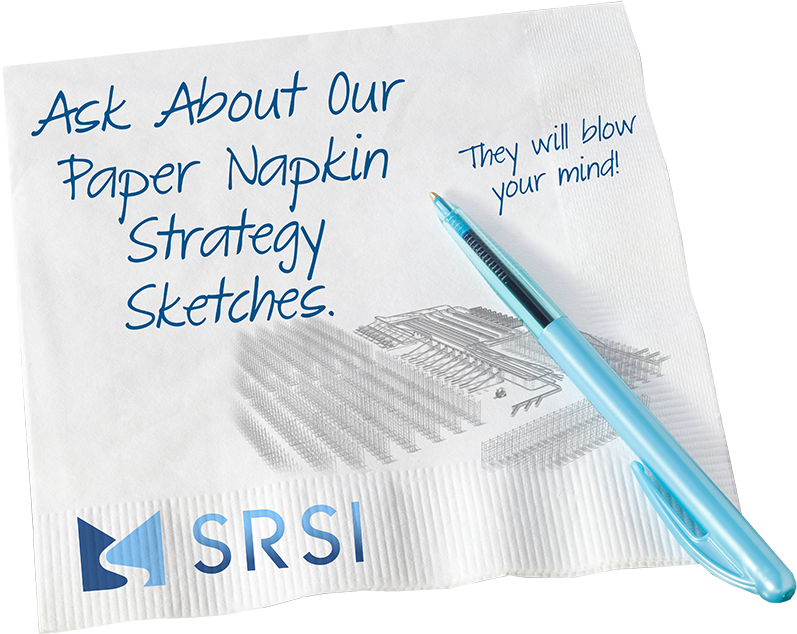Is AS/RS Solution a Worthy Investment?
Most businesses that want to scale up their operation or optimize their current one are in the market for AS/RS solutions — they allow them to better manage and retrieve goods, and have a faster response rate. They are excellent solutions for logistical problems and for meeting future demands and challenges.
What is an AS/RS?
AS/RS or Automated Storage and Retrieval Systems mainly consist of a series of computer-managed actions and systems that control, manage and optimize placing and retrieving times/loads from a defined location within your supply chain. They are mainly used in warehouses where:
- Space constraints and storage density are a must.
- There is a high volume of packages being moved constantly, making it difficult to maintain an efficient inventory.
- Accuracy is extremely important due to the fragile nature of the packages being transported — human error must be parsed out.
- The supply chain is fairly simple, and no value is added during transport.
Normally, AS/RS has 4 major components, or key features, your warehouse pallet automation requires:
- Input/output system.
- Storage rack allocation.
- Storage and retrieval equipment.
- Computer management system.
These 4 components work in unison and allow the system to function like a well-oiled machine. This provides its main benefit, the ability to automate most of your supply chain and have an audit of what you’re moving around and to where.
Types of Automated Storage and Retrieval Systems (AS/RS).
Automated storage and retrieval systems – AS/RS, mainly in multiple varieties.
Unit-Load AS/RS
Unit-Load AS/RS systems are used for incredibly heavy loads – typically between 1k to 5k pounds. This allows them to handle full or partial pallets, not just packets.
They normally consist of narrow aisle racks which might extend to over 100 feet. These racks are paired with an automated crane that works the pallets. This is an automated pallet storage system.
Fixed-Aisle Unit-Load AS/RS
These types of automated systems are arranged in narrow aisles and have a small gap between them. A crane travels from one end to the other, as well as vertically – up and down – retrieving and storing products.
Moveable-Aisle Unit Load AS/RS Crane
Working much the same way as the unit-load system with the fixed-aisles, the key difference of this system is that the crane is not tied or linked to that specific aisle — this makes it more flexible, as it cannot service multiple aisles and various working spaces within the warehouse.
Mini-Load AS/RS
This system normally handles smaller loads. Not so much pallets, but single parcels that can weigh up to 75 pounds. They are great for operations that require storage for multiple parcels, not just pallets. Mini-load AS/RS if great for e-commerce services where products are moved constantly in small amounts.
Shuttle AS/RS
This unique system, one of the most advanced, moves inventory via a robot that runs rapidly and efficiently between racking structures. They can, once properly configured, run on a single level or over multiple levels. See SRSI’s RAFT.
When an item or parcel is requested via computer, the bot or shuttle runs to the specific location and transfers it either to a workstation or directly to shipping.
AMR High-Density AS/RS
This autonomous mobile robot system uses three-axis bots to travel in all directions within a structure. It’s a more advanced version of the shuttle AS/RS. It gives managers a tremendous amount of flexibility.
As you can see, deciding the need for AS/RS is only the first step of many in optimizing your operations. SRSI can help you determine which type of AS/RS best suits your operations. Contact us today to get started.
 Skip to main content
Skip to main content






